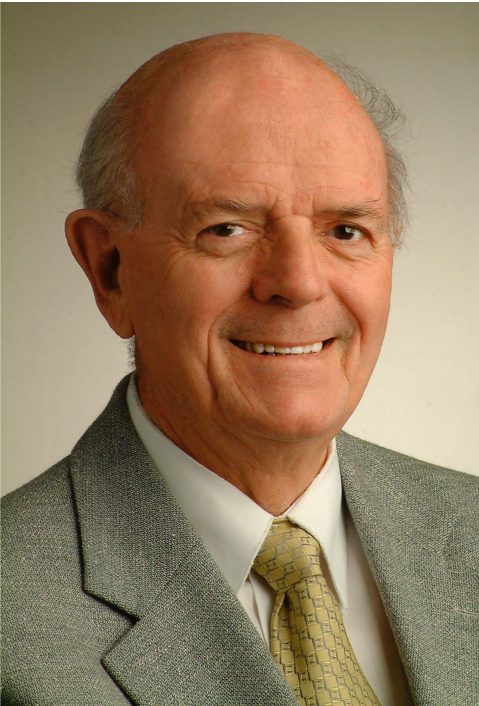Jubilee Fellow – 2015

Emeritus Professor Reg Appleyard AM
BA (UWA), MA, PhD (Duke)
Discipline: Economic History
Year Elected: 1967
2015 Reflections
The Academy of Social Sciences now has a different role to what it had in 1967 when I was invited to be a member. Still the Social Sciences Research Council (SSRC), membership was offered only to academics who made a significant contribution to a social science discipline. In my late thirties when invited to join, I was told I should consider it a great honor to have been invited.
I had completed a PhD degree at Duke University in 1962 (a Rockefeller Scholarship and Population Council Fellowship). W.D. (Mick) Borrie was Chairman of the SSRC and Head of the Department of Demography at the ANU. The only department of Demography in Australia, it included population experts Charles Price, George Zubrzycki and Norma McArthur. Departmental students included Jack Caldwell and Frank Jones who later became professors.
During his chairmanship of the SSRC Borrie was approached by the Australian government to undertake research on the high rate of return to the UK, possibly twenty per cent, of assisted British migrants. He asked me to join him at the ANU to work on the project. It was my first academic appointment. I stayed at the ANU for a decade, working closely with other social scientists and humanitarian scholars and students. Initially social scientists were located in the old hospital building on campus. A wooden structure, it had a corridor down the centre and rooms on both sides for staff.
Percy Partridge became Chairman of the SSRC in 1966. He was a quiet man, spoke slowly and was very distinguished. When he spoke people listened. He was a powerful and important Chairman of the SSRC. The fifty-six members of the Council, generally unaware of what was happening in other Australian universities, decided to find out the research interests of each social science discipline in those universities. Percy asked me to assist. Although some departments replied immediately to my request for information many did not. I spent a lot of time chasing up responses. Eventually we had a comprehensive list that enabled Partridge (and members of the executive council) to appreciate the research parameters and territory.
Borrie and I were often invited by senior government officials in Canberra to provide advice and information relating to their policy making. This was an important role of the SSRC. For example, in response to population, it was not only numbers, but their impact on housing demand, the spread of cities, job creation etc.
I had moved to Perth as Foundation Professor of Economic History at UWA by the time the SSRC had made the decision to become an Academy. During my frequent visits to Canberra I met with Percy Partridge even after his retirement.
In the 1960s and 70s, 40 or so academics would attend the Academy’s annual meetings – normally held in a large committee room at University House. An academic would address the meeting on an important issue. Essentially a university lecture, it provided the opportunity to join others from other states with similar skills and experience.
By the 1980’s some states had formed local groups. I was a member of the WA group that met a few times each year to discuss state issues – sometimes arranging a workshop. In 1986 the ASSA asked me to prepare a demographic profile of fellows in order to project future membership numbers. Membership had grown to 200, the average age of fellows was 60.8 years but only 8 were females. During the post Whitlam era universities confronted many new issues. It was deemed important the academy understand the demography of social sciences in Australia.
In 2005, I attended the ASSA symposium “Ideas and Influence”. Senior Professors and top rated scholars were given 10 minutes to present the key issues of recent chapters they had written. None went over the 10 minutes – their contributions were dynamic, respectful and professional. The Academy is now serving a different world. There is certainly no less demand for membership – and the quality is no less than in the 1960s when there were so many disciplines under the one heading. Membership has now grown to 571 (409 males and 162 females).
As I look back over the past 48 years, I believe formal state activity is the way forward. Despite efforts by WA fellows it has not existed for some time. Building and maintaining links with state government and business, as well as identifying new fellows for the future, is important. Because not all fellows attend the annual meeting in Canberra state activity would be an appropriate way to keep in touch.